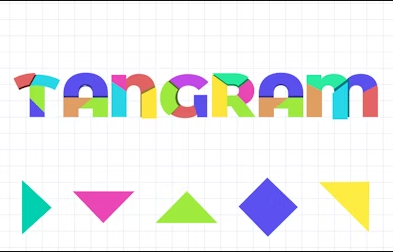Tangram is a classic puzzle game that challenges your spatial awareness and problem-solving skills. It involves a series of geometric shapes that must be arranged perfectly within a given grid. The catch? These shapes are defined by one key feature— they all have corners, and you need to organize them by matching straight edges to create a coherent figure. No curves, just clean, sharp edges that demand a keen sense of space and structure to fit together.

At its core, Tangram is about fitting shapes together in a way that completes a larger image or pattern. You are presented with a set of geometric pieces— squares, triangles, parallelograms, and other polygonal shapes— and it’s your task to arrange them into a designated figure. Unlike other puzzle games where pieces might snap into place, in Tangram, there’s no such assistance. The challenge is to figure out where each piece fits by visualizing the grid and considering how the shapes interact with each other.
The gameplay in Tangram is simple yet challenging. You are given a set of shapes, each of which must be placed within a defined grid. The goal is to arrange the shapes in such a way that they form a complete picture, usually a recognizable image or abstract design.
there are many other games developed under Infinite Craft, let's try them out